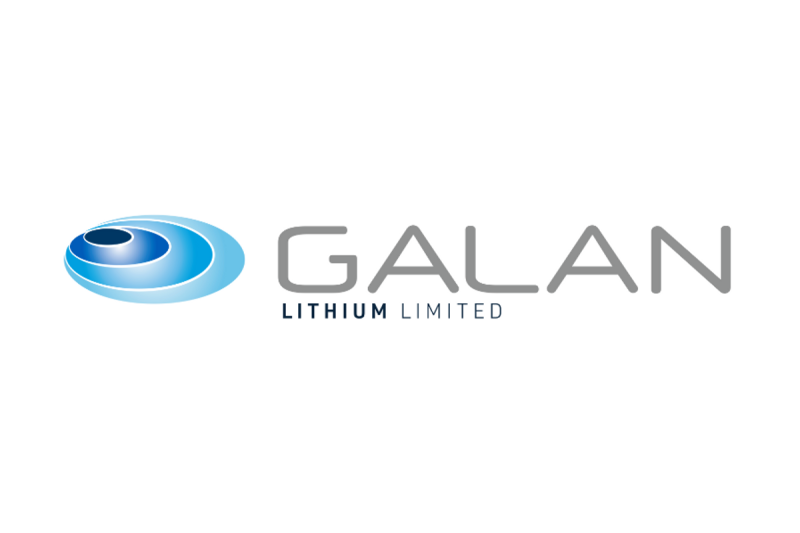At-The-Market (ATM) Raise refers to the issuance of equity to the public through the existing shelf registration of a publicly listed company. Essentially, it is a financial strategy that allows companies to sell their securities, including shares of stock, directly to the market at the prevailing market price. This concept can be explored from several angles, including its benefits, drawbacks, how it works, and actual scenarios where it has been effectively implemented.
Firstly, the benefits of At-The-Market Raises are significant. It’s a method that allows listed companies considerable flexibility because it doesn’t require the announcement of the sale or the exact number of shares to be sold. This makes it less likely to disrupt the market or devalue the stock, given that the sale does not have to be made all at once, but can be paced out to align with the company’s financing needs. An added benefit for the issuer for an ATM raise is minimized expenses. Since the underwriter typically does not purchase the shares that are being offered under the ATM program, an issuer can avoid traditional underwriting fees, making the ATM raise a cost-effective method of raising capital.
However, the ATMs also have some drawbacks that companies should consider. Companies cannot control the exact price at which their security is sold to the secondary market, resulting in potential dilution of stock. Additionally, there is no guarantee that the full amount desired will be raised, as it will depend on market conditions and whether investors are willing to purchase the shares at the current market price.
The At-the-Market Raise strategy functions through the use of an investment bank or dealer acting as an agent. The agent sells the company’s shares over a period, often without requiring an announcement about the number of shares or the timing of the sales. The agent earns a commission on each share sold, providing them with incentives to sell at the highest price possible. This strategy has been depicted as ‘dribbling out’ shares into the market gradually.
Looking at actual scenarios where At-The-Market Raises have been implemented provides a real-world perspective on this financial strategy. For instance, many biotech companies with experimental drugs use an ATM raise to raise the funds they need without alerting competitors to their financial strategy. On the other hand, larger companies may use ATMs to adjust their capital structure or to provide additional funding for ongoing operations.
Another notable example is the airline industry during the COVID-19 pandemic. Several airlines made use of At-The-Market Raises to secure much-needed capital during an incredibly challenging financial period, due to the drastic cutbacks in travel.
In conclusion, At-The-Market Raises are a crucial part of the financial toolkit of publicly listed companies. Like all financial strategies, they come with their strengths and weaknesses, and their suitability will largely depend on a company’s specific circumstances and market conditions. By fully understanding the concept, companies can leverage this strategy to meet their financing needs and achieve their business goals.




